What is Fat Tuesday?
Fat Tuesday, known as Mardi Gras in French, holds immense importance and significance in New Orleans, deeply rooted in history, culture, and tradition. It marks the culmination of the Carnival season, officially beginning on January 6th, Twelfth Night or the Epiphany. The period leading up to Fat Tuesday is filled with parades, parties, and celebrations.
With religious origins tied to the Christian liturgical calendar, Fat Tuesday serves as the day before Ash Wednesday, which initiates the season of Lent—a time of fasting and penance preceding Easter. It is a day for feasting and revelry before the more solemn practices associated with Lent.
The term "Fat Tuesday" itself reflects the tradition of indulging in rich and fatty foods before the period of Lenten fasting. The day is symbolic, representing the enjoyment of life's pleasures before the austere practices of Lent.
Mardi Gras is associated with distinct colors—purple, gold, and green—each holding symbolic significance. Purple represents justice, gold symbolizes power, and green stands for faith. These colors adorn decorations, costumes, and parade floats during the celebrations.
A central aspect of Mardi Gras is the involvement of social clubs known as krewes, which organize elaborate parades featuring intricate floats, royalty, and themed processions. These parades attract both locals and tourists.
Costumes and masks play a unique role in Mardi Gras, with revelers donning vibrant, elaborate costumes and masks to add an air of mystery and excitement to the festivities. The tradition of wearing masks dates back to the early days of Mardi Gras, allowing people to temporarily escape social norms.
On Fat Tuesday, the streets of New Orleans come alive with impromptu celebrations, street parties, and live music. The French Quarter, in particular, is known for its lively atmosphere, where locals and visitors alike join in the revelry.
Mardi Gras holds economic significance for New Orleans, drawing millions of visitors each year and providing a boost to local businesses, hotels, restaurants, and the hospitality industry.
Beyond its economic impact, Mardi Gras is an integral part of the cultural heritage of New Orleans. The celebration showcases the city's unique blend of French, Spanish, African, and Creole influences, highlighting the diversity and vibrancy of the community.
In essence, Fat Tuesday in New Orleans is a celebration of life, community, and cultural diversity—a momentous occasion that brings people together to revel in the joyous spirit of Mardi Gras before the introspective period of Lent begins.


